Biochar
- 21 Apr 2023
- By Deshal Shah
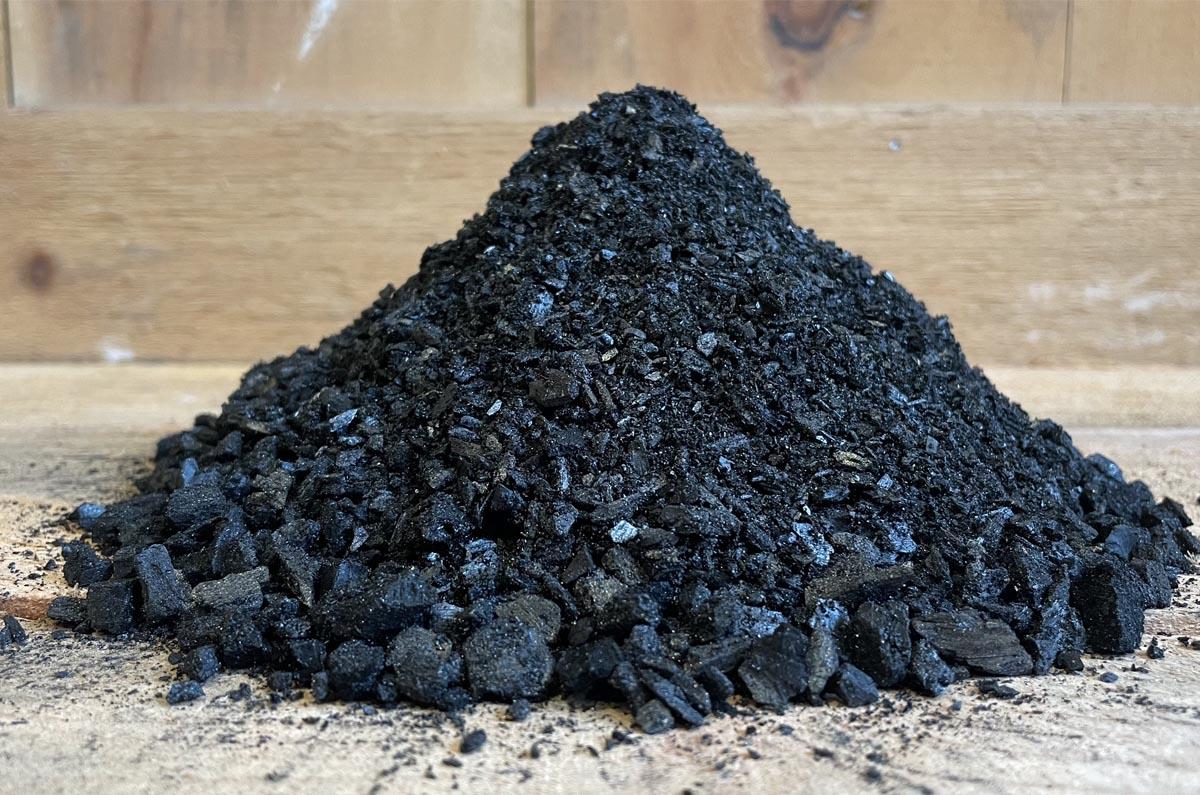
The literal meaning of biochar is the charcoal produced by the carbonisation of biomass. It is formed by the pyrolysis of biomass in the absence of oxygen. It increases the soil fertility and thus, it elevates the agricultural productivity. Biochar is in the limelight since the past two decades, due to its property of sequestering carbon dioxide.
Many institutes around the world have put their resources for the research and development of biochar as an additive to building materials.
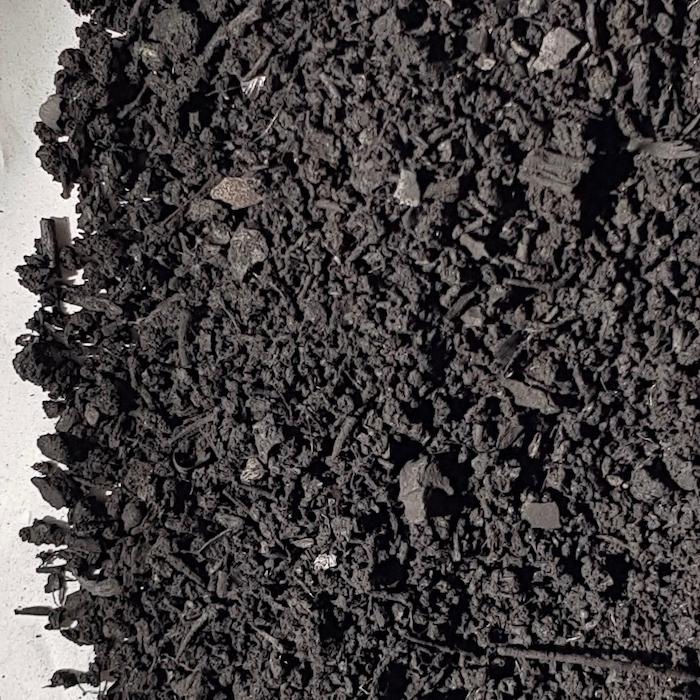
The Ithaka Institute for Carbon Intelligence in Switzerland, has developed biochar-based clay and lime plasters in which it can be up to 80% of the material. This high proportion is achievable by biochar entirely replacing sand—and because of the material’s high porosity, this plaster is five times lighter than the typical version. In addition to carbon storage, the biochar-clay plaster exhibits good insulation, humidity-regulation, and electromagnetic radiation-mitigation properties—all of which enhance the building’s interior climate. If a building is eventually demolished, its biochar-based plaster may be reincorporated in the soil as a compost supplement, extending its carbon-trapping capacity.
The institute also made bricks that showed 20N/mm2 of compressive strength whereas that of regular brick is 3.5N/mm2. The team estimated that the biochar-cement bricks would enable a 6% decrease in the CO2 emitted from cement production if used globally.
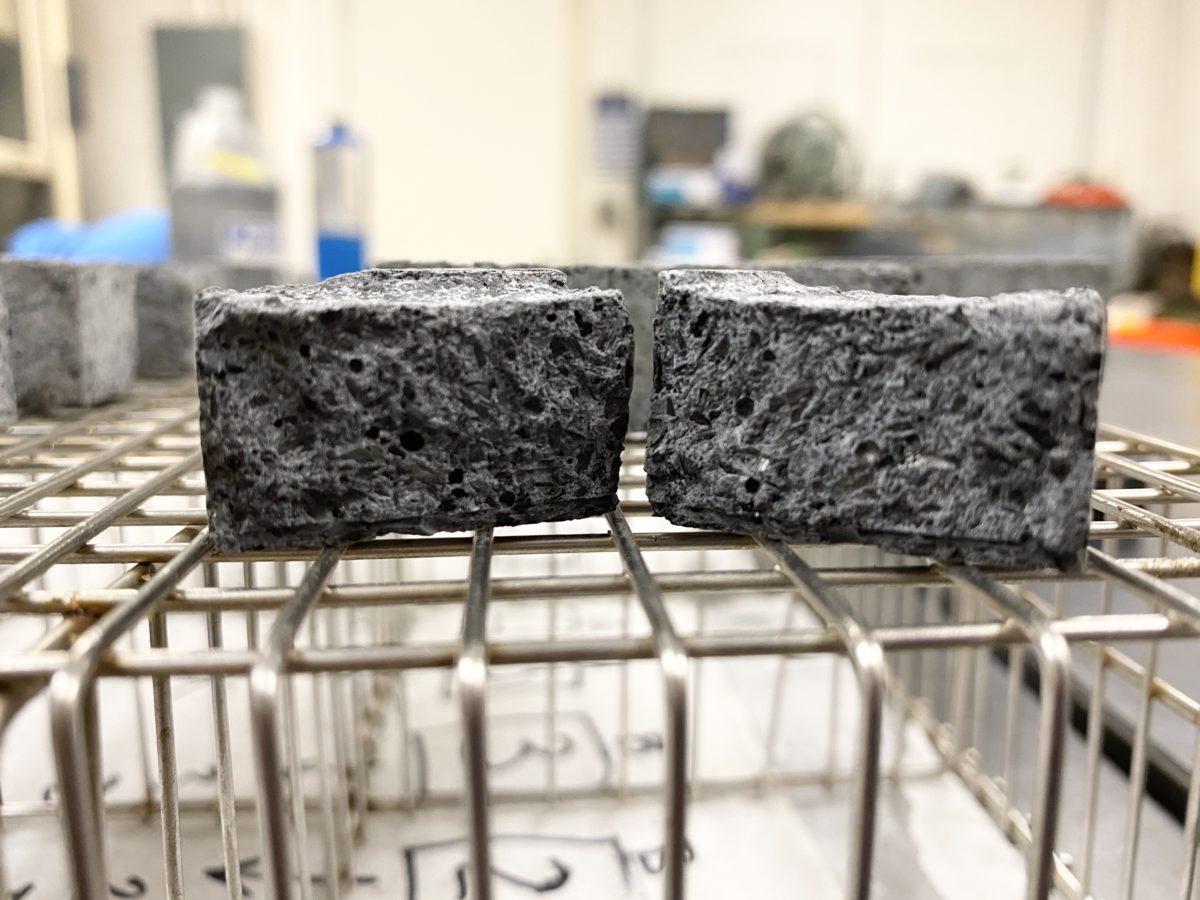
A student team at the Rochester Institute of Technology took a similar approach in creating biochar roof tiles. They designed a substitute roof tile consisting of 30% biochar to a mix of cement, sand, water, and reinforcing plastic from waste, creating a product that sequesters carbon and consumer waste while reducing overall embodied energy.
Carbon-rich materials used in roofs and walls can make green buildings, not only sustainable but also breathable with vegetation. The awareness of such materials and the understanding of its application can slow the environmental damage without compromising on the luxuries that humans are used to.
Recently Published
loves or pursues or
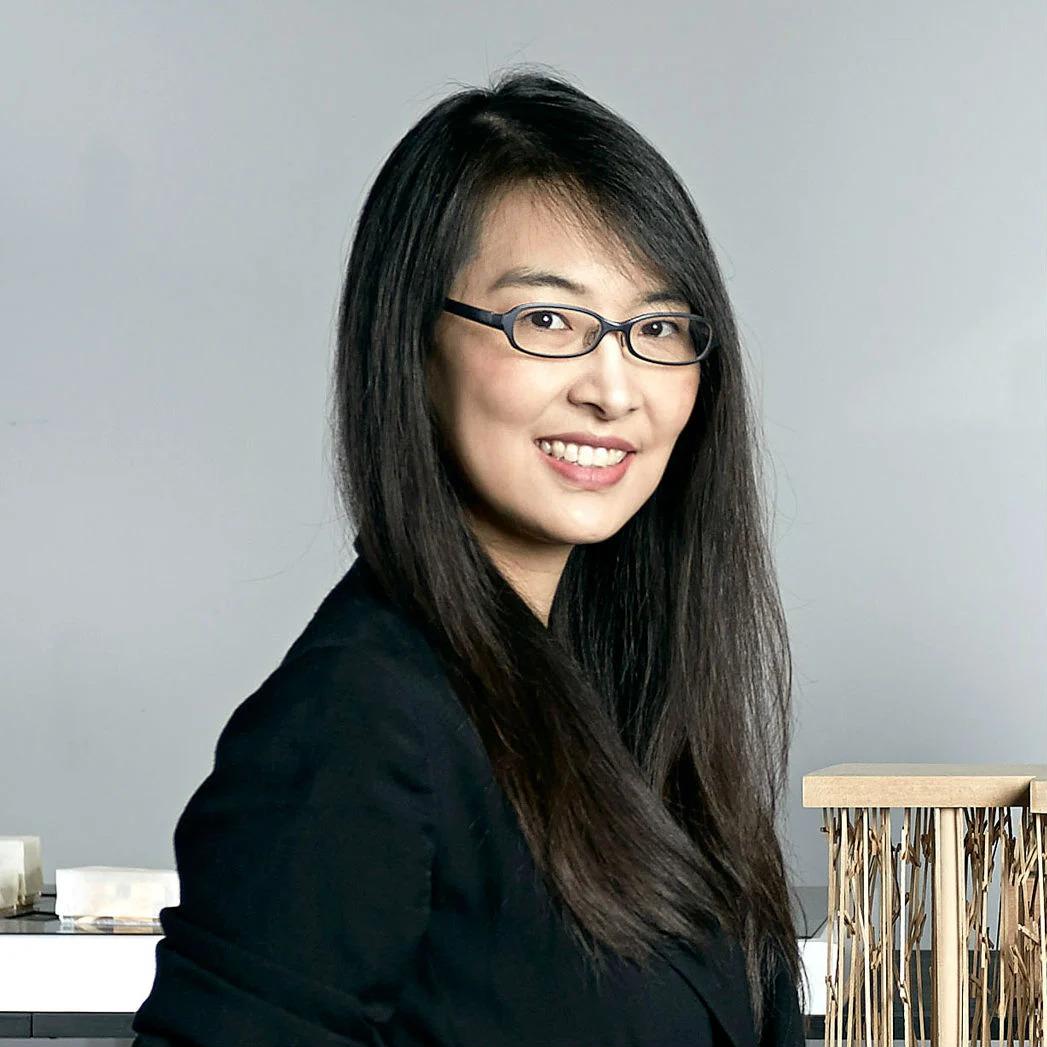
.jpg)

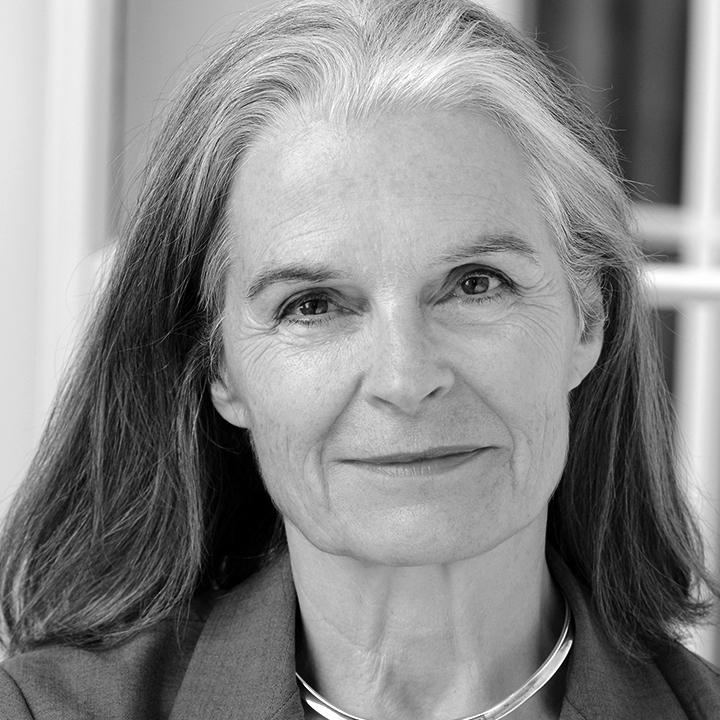

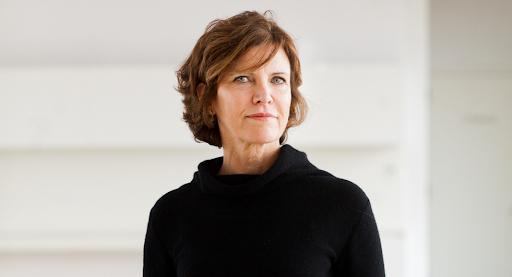


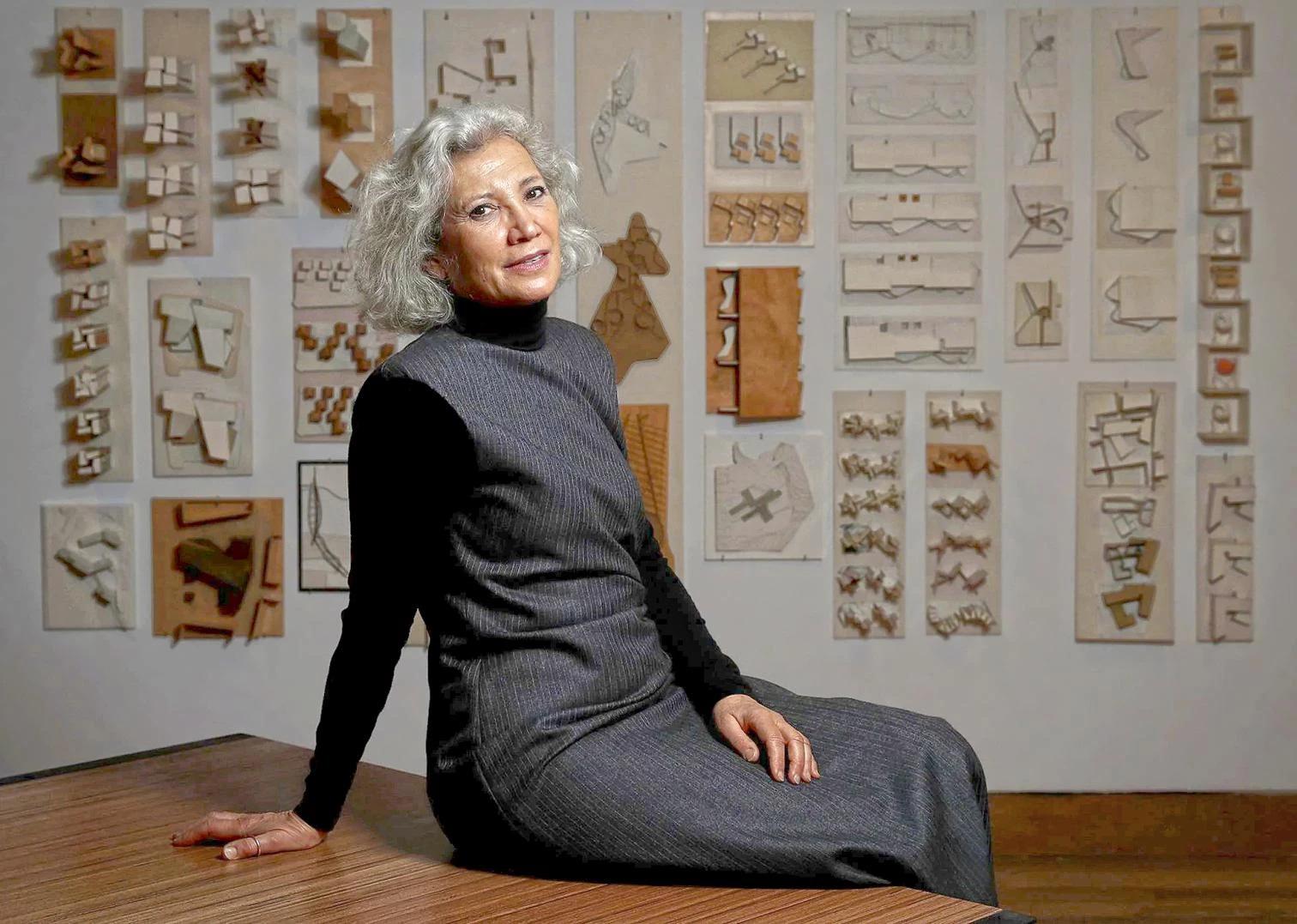
.jpg)